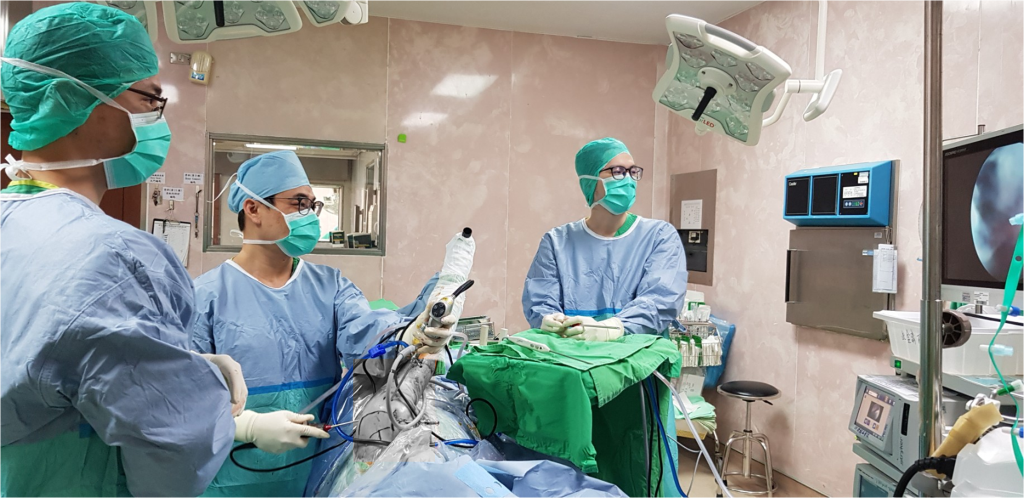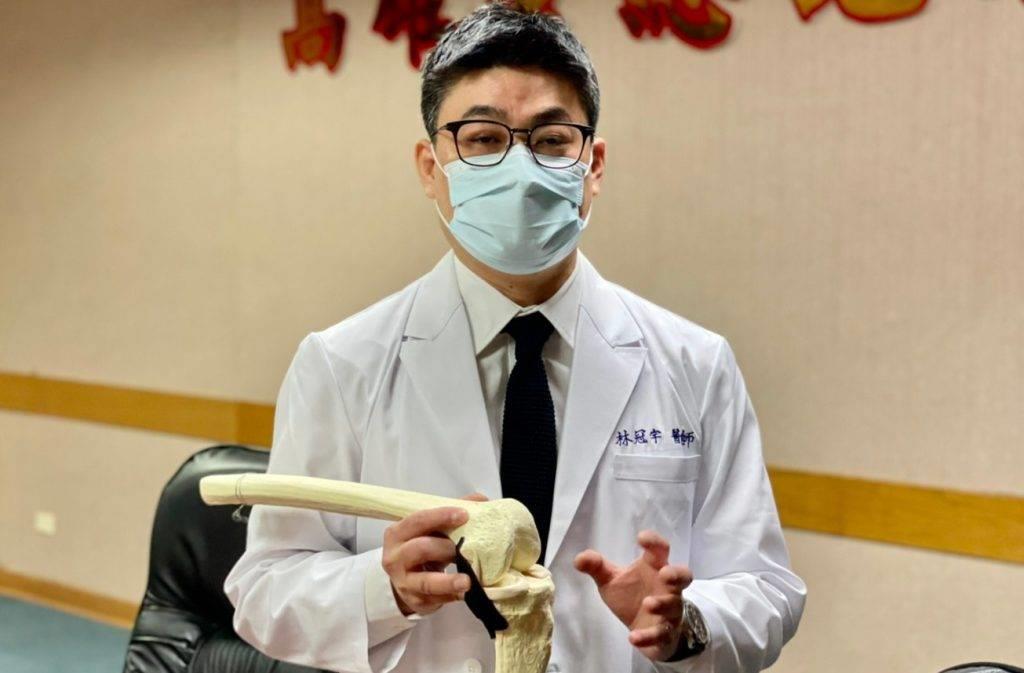Dr. Kuan-Yu Lin’s Introduction to Arthroscopic Surgery
Arthroscopy surgery is a minimally invasive surgical procedure, in which an endoscope, as thin and long as a chopstick, is inserted into the joint through 2~3 small incisions about 1 cm in size. The endoscope camera lens and related surgical instruments are inserted through the incisions to observe the status of the joint structure, as well as to perform various tissue repair or re-sectioning procedures at the same time. It is a precision procedure that combines diagnosis and treatment and since the wounds are small, the pain is mild after surgery and most patients are discharged from the hospital the day after the surgery.
 When is arthroscopic surgery appropriate?
When is arthroscopic surgery appropriate?
For example, when the hip pain cannot be improved by conservative treatments such as resting, medication and rehabilitation, arthroscopy can be used to treat the lesions around the joint.
 When is arthroscopic surgery not appropriate?
When is arthroscopic surgery not appropriate?
The following are some instances when arthroscopic surgery may not be suitable: fused hip joint, severe hip joint degenerative disease, cellulitis around the hip joint, femoral neck fracture and severe spontaneous hip joint malformation.

